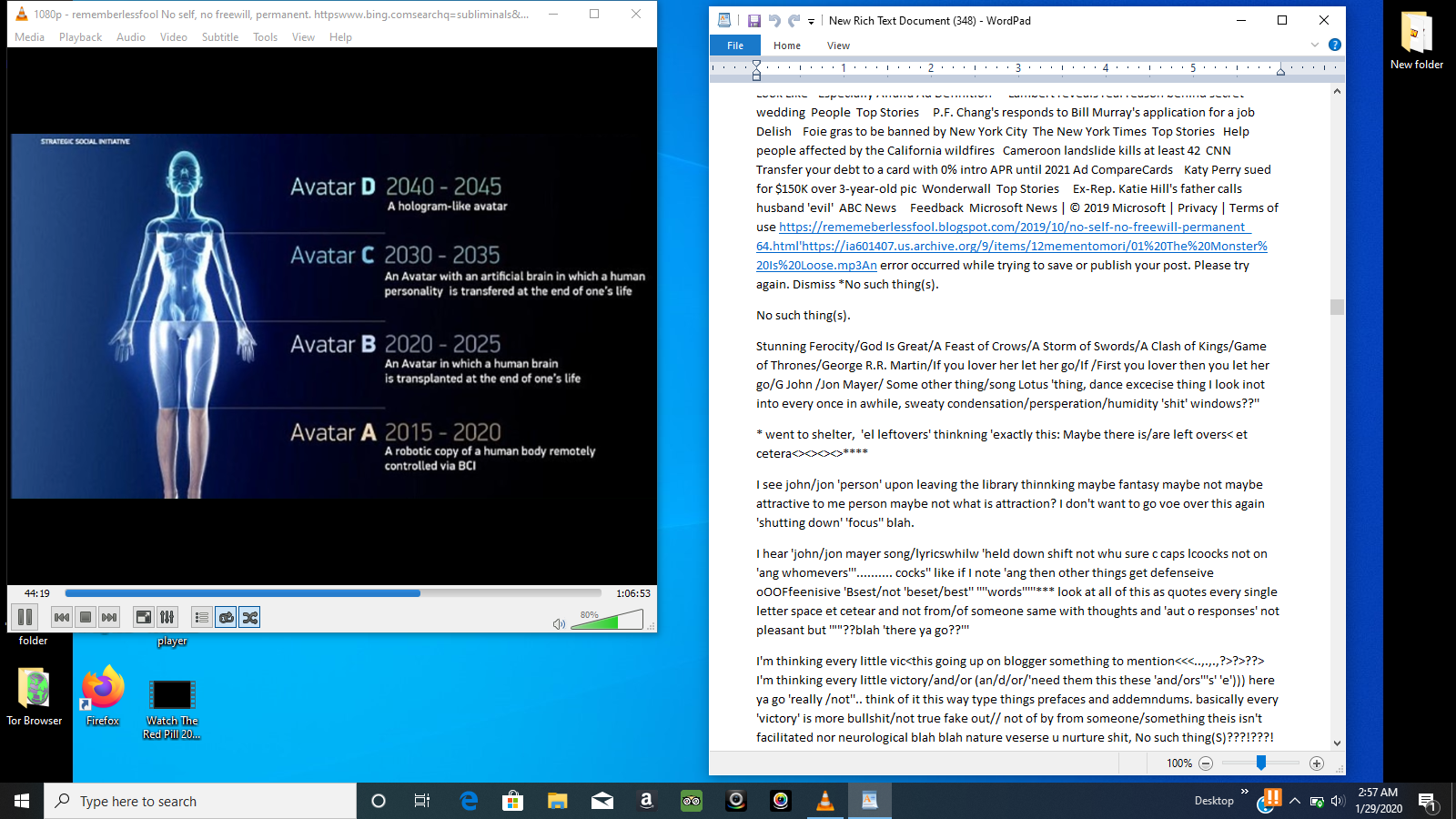


Unfortunately, this trick doesn’t help you with the oldest Word files. If you don’t see the fields, turn on headers and footers for all pages in the document (click in the toolbar, then select the Header and Footer checkboxes). will display a corruption and repair warnings like: Excel cannot open the. Move the pointer over the top or bottom of a page until you see the header or footer area, then click any of the three fields (you can use any combination of the fields).
I cannot see my headers in word for mac software#
Use the options at the bottom to indicate whether you want Protected view (you can open the document but not edit or print it-safest from viruses) or to allow editing. Step 1 Launch the file recovery software for recovering corrupted Word files. Also, Option+F9 toggles the display of all field codes On/Off, Shift+F9 toggles the display of only the currently selected field code. Turn on the Open checkbox for each file type you’d like your copy of Word to be allowed to open. It should also be mentioned that depending on your OS X Keyboard settings you may have to use the fn key in conjunction with Command+F9 if you have a laptop or condensed keyboard.

Uncheck Different First Page in the Header & Footer options. In Word for Windows 2010, 2013, or 2015, open the File menu and choose Options click Trust Center, then Trust Center Options. Double click in the Header/Footer area of your first section.
I cannot see my headers in word for mac how to#
(Out of the box, Word refuses to open document types that could contain viruses.) Here’s how to proceed. Available for: Im an 'old school' email client addicted, once, to the Qualcomm Eudora client, and after it was discontinued, an orphan, never satisfied by the alternatives offered by the market. Get the best email client for Windows and macOS, for professionals and home users alike. From the View menu, select Header and Footer. Boost your emailSkyrocket your productivity. You’d think they’d feel some obligation to maintain its ability to open its own documents, no matter how old.Īs it turns out, Word can open many kinds of older Word documents-but only if you make a few changes. Place the insertion point on the first page of the document. The Word situation is especially bizarre Microsoft is the curator of the world’s most common word-processing format. That’s when our digital files become unopenable not because their storage media becomes obsolete, but because the software programs that created them are no longer available-or, in the case of Microsoft Word, can no longer open their own oldest documents. My Scientific American column this month concerned a sneaky problem that not many people are paying attention to: file-format rot.


 0 kommentar(er)
0 kommentar(er)
